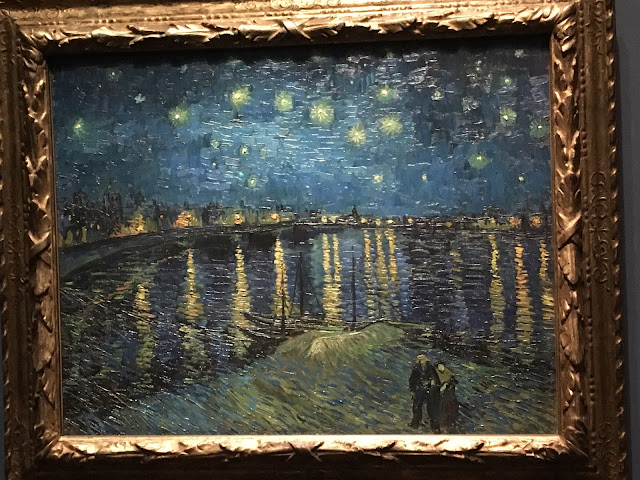On Tuesday June 7th we visited a Gallac wine
production. The visit was made by one of the two farm owners. He was in charge
of growing the vines and producing the grapes but we also had a tour of where
the grape is converted to wine. The owner was very thorough explaining all the
pesticides, fertilizers, crops planted between the rows, pheromones that were
needed to add. What most got my attention was that he explained how they could
adapt the vines to any location by grafting the type of root and the type of
grape wanted to be produced.
This will definitely help back home, since my father and I
have always wanted to have about one acre of vines to produce our own wine, and
since we had very calcareous soils and hot temperature we thought that the
vines wouldn’t be able to adapt, but after what the farmer from the visit told
us, I am confident that in the future we will be able to do this project.



















